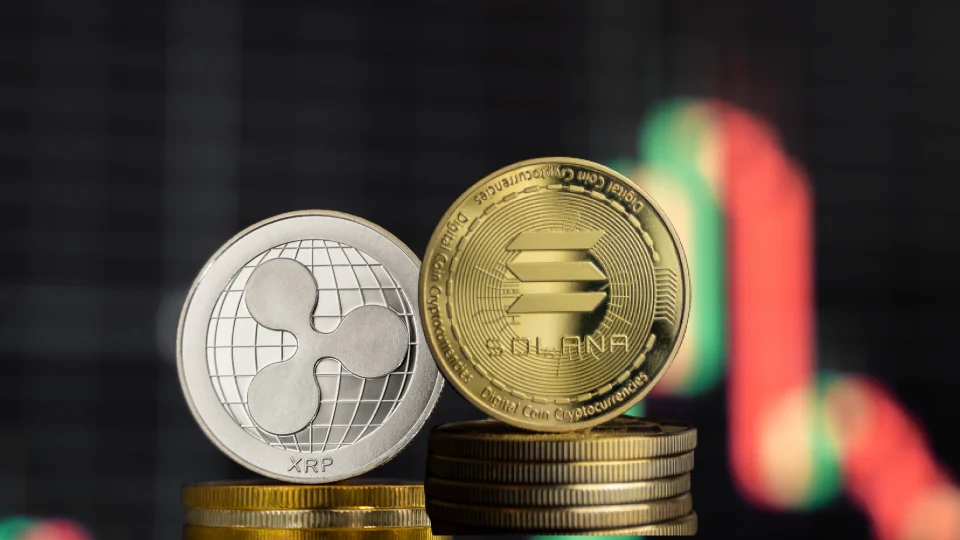
Bitcoin has maintained its status as the most influential and valuable cryptocurrency for an extended period. Its extensive recognition, regulated supply, and pioneering technology have earned it the title of “digital gold.” However, a novel category of digital assets, frequently referred to as “hyper-value coins,” is arising as the blockchain ecosystem matures. These currencies offer the potential to challenge Bitcoin’s dominance by providing significant utility, scalability, and adoption, in addition to their high market value.
Many individuals in the crypto community are inquiring as to whether hyper-value currencies have the potential to unseat Bitcoin.
What are hyper-value coins?
Hyper-value coins are not merely speculative assets or repositories of value. They possess robust ecosystems, robust use cases, and expanding user bases, in addition to substantial market capitalization. Hyper-value coins differ from Bitcoin in that they typically provide advanced features, including smart contract functionality, rapid transaction speeds, cross-chain interoperability, and more energy-efficient consensus mechanisms, in contrast to its primary function as a decentralized digital currency and stored of wealth.
Examples include Ethereum, which is powered by smart contracts that operate a vast network of decentralized applications (dApps) and decentralized finance (DeFi) protocols; Solana, which is renowned for its high throughput and low fees; and other emerging players such as Avalanche, Cardano, and Polkadot, each of which has its own distinctive innovations and vibrant communities.
Strengths That Could Pose a Threat to Bitcoin
1. **Demand Driven by Utility:** Hyper-value coins are thoroughly incorporated into real-world applications, in contrast to Bitcoin’s fixed purpose. These platforms, which are driven by practical use, generate ongoing demand, ranging from decentralized finance to NFTs and beyond.
2. **Scalability and Speed:** Numerous hyper-value coins address Bitcoin’s scalability concerns by conducting thousands of transactions per second with minimal fees. This renders them more appropriate for global financial systems, business adoption, and routine use.
3. **Sustainability:** As environmental concerns intensify, coins that employ proof-of-stake or other energy-efficient consensus models are increasingly preferred to Bitcoin’s energy-intensive proof-of-work system.
4. Interoperability:** Hyper-value coins frequently prioritize cross-chain communication, which facilitates the seamless integration of various blockchains—a critical attribute for a multi-chain future.
Dethroning Bitcoin: The Obstacles
Bitcoin’s dethronement is a challenging endeavor, despite its numerous benefits. The brand recognition, profound liquidity, and network security of Bitcoin have established a moat that is exceedingly challenging to penetrate. It is widely accepted by institutions and is perceived as the most secure digital asset, with minimal counterparty risk: a “digital gold.”
Moreover, Bitcoin’s simplicity is a component of its strength. It has been able to circumvent the complexities and vulnerabilities that occasionally afflict more ambitious platforms due to its singular focus on scarcity and security.
Is it possible that coexistence is the future?
The future may be characterized by coexistence, rather than a winner-takes-all scenario. Hyper-value coins could establish dominant positions in decentralized applications, finance, and other blockchain-powered industries, while Bitcoin could maintain its status as the preeminent store of value.
In this multi-asset environment, investors and users can derive advantages from diversification among assets that cater to distinct requirements—such as hyper-value coins for innovation and utility, and Bitcoin for preservation and security.
Innovation and Adoption: The X-Factor
The ongoing innovation and widespread adoption are critical components of the competition to challenge Bitcoin’s dominance. In addition to advancing technology, hyper-value coins must also surmount regulatory obstacles, security challenges, and market volatility.
Community strength, developer engagement, and partnerships with traditional industries will also be critical factors in determining which coins ascend to the summit.
Concluding thoughts
The cryptocurrency landscape has undergone a substantial transformation with the introduction of hyper-value currencies. These assets are positioned as credible challengers to Bitcoin’s supremacy by combining high market value with practical utility and technological innovation.
Although Bitcoin’s era may not conclude tomorrow, the blockchain economy’s dynamics are evolving. Hyper-value coins are influencing the future of crypto, whether through competition or coexistence. The question is not whether they can dethrone Bitcoin, but rather how they will redefine the entire digital asset ecosystem.
Leave a Reply